ROWLANDS INTERNATIONAL SYMPOSIUM
On Sustainable Mathematics Applications (7th Intl. Symp.)

Bio | CV | Publications
This major symposium is in honor of the distinguished work and lifetime achievements of Dr. Peter Rowlands, a very well-known professional with deep impact in mathematics and its applications for sustainable development.
Peter Rowlands (born 30 April 1949 in Warrington, near Manchester) is a UK physicist. He graduated BSc (Hons) and PhD in physics from the University of Manchester. Now Peter Rowlands is a Member of the Institute of Physics and a Chartered Physicist, and also a Member of the British Computer Society. Since 1987 he has been a Research Fellow in the Department of Physics, University of Liverpool and an Governor and Honorary Governor of Manchester College, Oxford since 1993. Prior to this, he worked for ICI and lectured in physics at a number of academic institutions.
Peter Rowlands has pursued several different lines of research, all of which are still on-going:
- Fundamental symmetries foundational to physics, in particular a group structure relating the fundamental parameters space, time, mass and charge.
- A universal rewrite system derived from the concept zero, in collaboration with computer scientist Bernard Diaz.
- A nilpotent version of relativistic quantum mechanics, with significant applications in particle physics and cosmology.
- Fundamental mathematical structures relating to physics and biology, in collaboration with biologist Vanessa Hill.
- Application of rewrite concept to analysis of large-scale systems in physics, biology, theoretical computing, etc., in collaboration with Peter Marcer.
He has also done work on the history of science, including books and articles on Isaac Newton, Oliver Lodge, Herbert Fröhlich, Joseph Rotblat and others, and work on the epistemology of science (Why does physics work?).
Peter Rowlands has written nine books as sole author (together with three in the process of publication):
- Oliver Lodge and the Liverpool Physical Society, Liverpool University Press, 1990.
- Newton and the Concept of Mass-Energy, Liverpool University Press, 1990.
- The Fundamental Parameters of Physics: An Approach towards a Unified Theory, PD Publications, Liverpool, 1991.
- Waves Versus Corpuscles: The Revolution That Never Was, PD Publications, Liverpool, 1992.
- A Revolution Too Far: The Establishment of General Relativity, PD Publications, Liverpool, 1994.
- 120 Years of Excellence, The Physics Department at The University of Liverpool 1881-2001, U-P L Communications, Liverpool, 2001, second edition as 125 Years of Excellence, The Physic Department at The University of Liverpool 1881-2006, 2006.
- Zero to Infinity: The Foundations of Physics, World Scientific, Singapore, 2007.
- The Foundations of Physical Law, World Scientific, Singapore, 2014.
- How Schrödinger’s Cat Escaped the Box, World Scientific, Singapore, 2015.
He has co-edited three others, together with several Conference Proceedings, and have authored about 200 papers, articles and book reviews. He has been a guest or invited speaker on a number of International Scientific Meetings.
Peter Rowlands received the 2018 Scientific Award of the R. M. Santilli Foundation 'For unprecedented axiomatic advances on Dirac's equation', along with the awards for best paper at:
- The Symposium on The Fundamental Semantic Foundations of the Sciences: Computational Rewrite Systems at VII CASYS Conference, Liège, 2005;
- The Symposium on Rewrite Science – the Universal Semantic Calculus and Grammatical Cosmos at VIII CASYS Conference, Liège, 2007, with Vanessa Hill;
- The Symposium on Rewrite Science – at IX CASYS Conference, Liège, 2009, with Peter Marcer.
A GROUP OF ORDER 4
Peter Rowlands has been working since the 1970s to try to discover foundational principles for physics that do not rely on highly speculative ideas, such as string theory or loop quantum gravity, or ones which are complicated in principle and don’t have the necessary simplicity. He believes that, to make progress, it is necessary to avoid arbitrary hypotheses and to adopt an uncompromisingly analytic approach based on several starting principles:
- Nature must not be characterizable by any limiting idea.
- The ultimate description must be totally abstract and not semi-empirical.
- The mathematical structure must emerge with the physics and not be a separate concept that is merely applied.
- We must expect to start with something simple and only subsequently acquire complexity.
He believes that many approaches to finding ultimate physical principles fail because they violate one or more of these conditions, but accepting them has led to many new results and insights in a wide range of areas such as quantum mechanics, particle physics, genetics and systems theory. An idea which immediately fulfils conditions (1), (2) and (4), and which subsequently can be shown to fulfil condition (3), is that Nature has to be described at all times by zero totality.
Rowlands’ first major breakthrough came in the mid-1970s when he found that one could start with just four parameters, mass, time, charge and space, as the basis for the whole of physics, and these had an exact global symmetry as a Klein-4 group. If this is assumed as the entire basis for physics, then many laws of physics fall immediately into place, especially conservation laws (mass, energy, momentum, charge). Here, mass is the global mass continuum or mass-energy, not the local discrete or invariant mass, while charge is a 3-dimensional concept accounting for the electric, strong and weak interactions.
In the Klein-4 arrangement, each parameter has a property / antiproperty displaying symmetry / antisymmetry with each of the others. Parameters are either real or imaginary (space and mass versus time and charge), conserved or nonconserved (mass and charge versus space and time), and discrete / continuous (space and charge versus mass and time), adding up to a conceptual zero. The last distinction can also be represented as dimensional or nondimensional, or, in terms of algebra, anticommutative or commutative. The reason why the dimensionality is fixed at 3 is because anticommutativity restricts us to this if we are to avoid inconsistency, and anticommutativity is the more fundamental property. One or other of the dualities is responsible nearly every time a factor 2 or ½ occurs in physics. In some cases, for example fermion spin ½, all the different dualities yield the same result.
Some physical laws emerge purely from these properties and antiproperties. Some of the most basic laws of physics are those concerning conservation and nonconservation. Mass (in is most general form as mass-energy) and charge are locally conserved, at a point in space and time. Local conservation of mass and charge accompanies local nonconservation of time and space, and this becomes the origin of the famous result known as Noether’s theorem. The properties could also be seen as emerging from the mathematical characters of the parameters mass, time, charge and space as successively described by real, complex, quaternion and vector (or complexified quaternion) algebras. The subtleties of meaning which emerge when all the details are worked out provide many new insights.
Another major advance came in 1994 with the combination of the four algebras in a tensor product, which produced a 64-part Clifford algebra which turned out to be identical to that required to create the Dirac equation, the most fundamental equation in physics. Using this algebra Rowlands was the first to use the full 64-part algebra and then to transform the equation into a completely new form. If we lay out the 64 parts of the algebra in a table it becomes apparent that it includes the 4 complex units ±1, ±
i, and then the rest of the terms divide into 12 sets of 5 or pentads, 6 of which are negatives of the others. Each of these pentads is a set of generators of the entire algebra (to multiplication by a complex unit) and each can be used for the 5 terms in the Dirac equation, representing energy, 3 directions of momentum and mass. Significantly, this also requires symmetry-breaking. We see the algebra as incorporating two spaces, one due to normal space and one due to charge, but one has to be broken to create the asymmetric 5 generators. Because it has to be due to a conserved quantity, it is the one due to charge which is broken, and this leads to the well-known symmetry-breaking between the electric, strong and weak interactions.
QUANTUM MECHANICS
The 64-part algebra with 5 generators requires relativistic quantum mechanics in which the wavefunction in the Dirac equation has a unique property: it is a nilpotent or square root of zero, unlike the normal Dirac wavefunction, which is idempotent or a square root of itself. This leads to many new results as well as explanations of existing ones in quantum mechanics, quantum field theory and particle physics.
The nilpotent Dirac equation is completely symmetric, with a full set of 5 generators of the 64-part group, and the 2 spaces are explicitly displayed, along with the broken symmetry of the charge or vacuum space, facts which were completely lost in the original equation. A fermion, such as an electron, becomes a multiply-connected singularity at the boundary of two spaces. The two spaces, real and vacuum, are dual but are respectively rotationally symmetric and asymmetric. The nilpotent structure created by combining the units of the four parameters and applying zero totality creates new parameters E, p, m, with Lorentzian locality and quantization, and breaks the symmetry between the charges in the same way as the standard model. The equation, which equates to a 0 product between a 4-component differential operator and a 4-component spinor or wavefunction, determined by a single phase factor, is both idempotent (as in the conventional form) and nilpotent. The conversion only requires the transfer of a single quaternion factor between operator and spinor, but it leads to an enormous change in mathematical and explanatory power.
In the nilpotent form, the plane wave solution and all others have an explicit wavefunction as a 4-component spinor, of which all parts and their characteristics are immediately identifiable, including antifermions and opposite spins. The nilpotent Dirac equation is derived in one step from classical conservation of energy in the same way as the Klein-Gordon equation, but, instead of a squared differential operator, the second term is the spinor wavefunction. The single phase factor for all the terms in the spinor reduces the solution to a single combined expression. The equation, in this form, has massive calculating efficiency – everything can be done in a single calculation. However, for the first time in physical theory, the fundamental structure is not an equation, just an operator describing the creation of a fermion. Once the operator is defined, the rest follows automatically from the need to find a nilpotent solution.
Nilpotency connects every fermion holistically and nonlocally with the rest of universe; it becomes the same as Pauli exclusion, and is connected with two vector spaces. A unique continuous vacuum is created with each local fermion state, as a kind of ‘hole in nothing’ left after the creation. Local and nonlocal are now explicitly defined as two sides of a single process, and nonlocality is an essential step towards understanding how local interactions actually work; nonlocal (vacuum) aspects of interactions create the local ones. The differences are in the method of description, essentially whether we use an iterative or recursive computational paradigm.
CPT symmetry is in-built; C, P and T transformations produce vacuum reflections in the fermion spinor. There is no matter-antimatter asymmetry; matter is in real space, antimatter in vacuum space, but there is the same amount of each. Fermion wavefunctions (spinors) are not only antisymmetric wavefunctions, but also have unique spin orientations, which contain all the information about them. Fermionic world-lines are unique, with a single direction for time; antifermions have a reversed direction. Fermions must have (positive) mass. Any interaction reduces momentum except when rest mass is produced. Closure or energy conservation is only maintained over the entire universe, and requires the second law of thermodynamics as well as the first.
The spin-statistics connection is an immediate consequence for fermions and bosons. Bosons combine fermions and antifermions; they have scalar wavefunctions, integral spins and are not Pauli exclusive. The 3 classes of bosons (spin 1 boson, spin 0 boson and fermion-fermion combination) use different reflections to combine with the fermion. The projected spin 2 bosons for gravity is very problematic; there is no way of constructing it. While many spin 1 bosons are massless, a massless spin 0 boson is impossible. A spin 0 Higgs mass prediction was made at 123 GeV; it was measured subsequently at 125 GeV. Fermion-fermion combinations are usually spin 0, but He
3 is spin 1 because it has physically separate components moving in opposite directions. CP violation has been predicted in graphene by the quantum Hall effect or any other fermion-fermion state. This can be tested experimentally. Fermions require weak charge. The creation / annihilation of fermion states has the action of a harmonic oscillator due to this ‘charge’.
Singularities are only possible with a dual space; the vector properties of the real space allow 3 spatial dimensions, manifested in baryon structure through the exchange of momentum components. The different ones appear as quarks. The explicit wavefunctions allow 6 possibilities and require sign changes, indicating both left- and right-handedness. Maximal superpositions explains the zero observed chirality in the strong interaction. There is no strong CP problem, and there are no axions. The transitions require an SU(3) structure, with 8 generators constructed as spin 1 massless gluons. Individual quarks are not identifiable by spatial positions, so the neutron has no electric dipole moment. The sign changes for quark rotation indicate why baryons cannot be massless; this solves the mass-gap problem for baryons (this is one of the Clay Institute’s Millennium Prize Problems). It also identifies the mass creation as a Higgs mechanism, despite being due to the exchange of massless gluons.
The quaternion operators k, i, j, originating in discrete (point-like) charge, suggests this state is partitioned into discrete components with a dimensional structure. The idempotent objects produced by premultiplying the wavefunction by each of the quaternions, act as vacuum operators. Multiplying a fermion state by a vacuum operator leaves it unchanged. Repeated actions are equivalent to alternate production of vacuum bosons and fermions, which leave the original state unchanged. Nilpotent operators are thus intrinsically supersymmetric This eliminates the need for renormalization of the self-energy and removes the hierarchy problem altogether. It also removes the need for explicit supersymmetry. The zitterbewegung between the terms in the spinor is an indication that the vacuum is active in defining the fermionic state. Every fermion interacts weakly with its own vacuum reflections, producing an effective dipole. A weak source is a dipolar structure, whose immediate manifestation is the fermion’s ½-integral spin.
The exact characteristics of the different local interactions (electric, strong and weak) are completely determined by the nonlocal vacuum structures with which they are associated. Beginning with the nonlocal characteristics that emerge from the way that the fermionic state is structured as a nilpotent operator, we can derive the exact form of the potentials that would produce the same result by a local process. A completely integrated description of local interactions and nonlocal vacuum structures follows from nilpotent quantum mechanics and its unique algebraic structure. The two-space algebra leads to the entire basis of the interactions required by the Standard Model.
Overall, if we represent the nilpotent by a bracket, local means anything inside, nonlocal anything outside. Nonlocal operations are instantaneous and occur across the entire universe. Local operations are Lorentz-invariant and limited by the maximum speed c. Decoherence of a quantum system (the so-called ‘collapse of the wavefunction’ in the ‘measurement problem’) is a clear example of using local potentials to remove the nonlocal quantum coherence.
The Coulomb potential derives from the symmetry of a point source. Nilpotency or Pauli exclusion demands a Coulomb term (inverse linear) for any interaction involving a source of this kind. It is the sole manifestation of the electric interaction. For the strong interaction, the nonlocal combination state of 3 component wavefunctions adds a local linear term to preserve spherical symmetry, leading to quark confinement, infrared slavery and asymptotic freedom. For the weak interaction, the nonlocal superposition state created by the 4 terms in the fermion spinor, creates, locally, extra dipole or multipole potentials, leading to a solution with the characteristics of harmonic oscillator. Analytic nilpotent solutions in all these cases provide exact matches to the results found for these interactions from experiment, and from their descriptions in terms of the U(1), SU(3) and SU(2) symmetry groups. There are no other spherically-symmetric single-source solutions. Though the first is well known (the ‘hydrogen atom’), the nilpotent version is incredibly efficient and streamlined, requiring just six lines of calculation! The other solutions are completely original and unprecedented, as is the proof that there are only 3.
A full quantum field theory, with fermion creation and annihilation, appears without second quantization. Each nilpotent operator is itself a creation operator in the quantum field, which also generates its own vacuum. Nilpotent-based expressions for fermion and boson propagators can be constructed, which have no infrared divergence and no pole on the mass shell. 3 propagators can be defined for the 3 boson types, and for all interactions. Calculations on perturbation theory and renormalization parallel existing ones, but remove the problematic self-energy and the ultraviolet divergence. Electroweak interactions can be calculated by simply multiplying out the participating nilpotent wavefunctions.
Many other things can be derived: a Dirac equation for charge, explicit idempotent spinors expressed in terms of Finsler geometry; isonilpotents; expressions for Majorana fermions. The nilpotent operators can be constructed using discrete differentiation, based on commutators. In this case, the mass term disappears in the operator, though it is retained in the spinor, while the phase factor relevant to continuous differentiation also disappears. In the case of discrete differentiation, an ± iħ factor outside the bracket allows an easy transition between classical and quantum equations.
PARTICLES
In addition to providing a complete account of particle interactions, the rules of particle physics can be completely coded and explained using those of the 64-part algebra. The number of degrees of freedom producing the fundamental particle spectrum is the same as in the algebra. Two routes are possible. One is to use the algebra to represent the complete set of particles and antiparticles available. Here, each of the positive sets of 5 generators containing quaternionic terms (which are related to charges) can be seen to contain 3 quarks, 1 lepton and 1 gauge boson, while the negative sets produce the equivalent antiparticles. This requires 48 terms; the other 16, which include only real number, complex number and vector elements and no quaternions, represent space-time in the absence of any charges. The other is to concentrate on the fermions and to represent each set of 5 generators as a fermion or antifermion. We then have 3 generations, each with 2 states of isotopic spin, and the equivalent antistites, which can apply either to quarks or to single leptons. In this case a single formula will generate all possible particle states. In addition, different masses of particles can be considered as equivalent to having to transform from one representation of the group generators to another.
The key thing in both representations is that fermionic particles are defined by the presence of charges whose presences are indicated by quaternions. The minimum presence is that of the weak charge, which is the case with neutrinos. And weak, strong and electric charges are conserved individually and are rotation asymmetric. A new version of Noether’s theorem emerges in which the conservation of angular momentum is explained by the conservation of type of charge. Ultimately, the magnitude, direction and handedness of angular momentum are separately conserved, and these correspond to the respective conservations of electric, strong and weak charges. Some unexplained aspects of particle physics become direct results of the representation. Proton decay is impossible because strong charge is conserved, and particles composed of quarks cannot decay into leptons which have no strong charges. Most exotic particles are impossible for similar reasons. The representation also suggests that the underlying electric charge structure of quarks is integral, like that of leptons, although gauge invariance will make the phenomenologically observed electric charges fractional in the same way as in the fractional quantum Hall effect.
GRAVITY
The continuum representation of mass from the parameter group suggests that gravity, unlike the gauge forces (electric, strong and weak), is a vacuum force and nonlocal rather than local. This is also suggested by its opposite sign to the Coulomb components of the other forces, indicating also a concept of gravity-gauge theory correspondence, with a reversal of the localised particle and vacuum aspects. This would further imply that the local and quantised aspect (inertia) is repulsive with spin 1 boson, rather than attractive with spin 2 boson, which would make it now renormalisable. The underlying integral electric charges for quarks means that the running coupling constant for the electric charge takes different values from those expected from one based on fractional values. In fact, it leads to the remarkable result that Grand Unification of electric, strong and weak coupling constants occurs precisely at the Planck mass (the key value for quantum gravity). At this value, the electroweak coupling becomes exactly 1 and all the forces become purely Coulombic, with all distinguishing features removed. This calculation leads to the testable prediction of an electric coupling of 1/118, rather than 1/125, at 14 TeV energy, the maximum energy of the LHC at CERN.
This prediction has been available since at least 2000. Another, earlier, prediction stems from the nonlocal description of gravity described from a continuum mass. Here, the local aspect becomes the fictitious force of gravitational inertia, which is quantized, with a spin 1 photon rather than a spin 2 graviton, is a repulsion outward, and can be calculated at any distance from the observer. At the radius of the observable universe, assuming that the universe is flat and essentially Newtonian, it was calculated in 1979 to require the equivalent of 2/3 of the universe’s total energy, and the value was stated explicitly in subsequent calculations. The fact that the universe is flat (that is, has the critical density) was established in 1998, and the most recent value for the supposed ‘dark energy’ responsible for the outward accelerated expansion is 68.3 %. So, the argument becomes a prediction of the dark energy effect many years before its discovery, and it is possible that a related argument will lead to a derivation of the ‘dark matter’ component, discovered considerably earlier. If the argument for the predicted quantized gravitational inertia is correct, then we might expect some modifications to current cosmology.
UNIVERSAL REWRITE SYSTEM
In an attempt to find out if there was some kind of program or algorithm generating the parameter group and the nilpotent Dirac equation, Rowlands worked in 2002 with a computer colleague, Bernard Diaz, to develop an idea called the universal rewrite system. Here, you take a zero totality or ‘alphabet’, made up of an object and its complement, and then expand to a new totality incorporating this one, by concatenating the alphabet with itself. This requires a single new symbol at each stage and leads to a series of ‘cardinalities’ of zeros. Without any design on making the correspondence, the result emerged looking like an analogue of Clifford algebra. The concatenations leading to the complementary values produced objects ‘squaring’ to negative values as with quaternions, and like those objects led to anticommutativity and dimensionality of order 3, which then became repetitive, as in Clifford algebra, which is in effect a tensor product of any number of independent quaternion systems, with or without an extra degree of complexity.
It was clearly a kind of logical equivalent of Clifford algebra, and the repetitive sequences could be seen as a kind of emergent numbering by integers. Applying these to the process provided the exact units of a Clifford algebra. In principle, it showed that mathematics could not be a separate subject applied to physics, but must emerge from the same root. Other aspects of mathematics could then be seen to emerge from the application, while the first four terms of the series had the characteristics of the members of the parameter group. The rewrite system thus emerged as analogous to a computer program, generating, but not based on, digital logic and arithmetic.
In the case of the parameter group, the series can be terminated at 4 because a new zero is reached at this level with all the properties cancelled by antiproperties. In addition the first 3 parameters can be considered algebraically as combining to produce a kind of ‘space’ (which cannot be observed as such) or ‘antispace’, which cancels space itself. The whole of physics can then be seen as an interaction between space and ‘antispace’. This works out in physics as the interaction between particle and vacuum, or local and nonlocal.
The group of the entire set of algebras (the group of order 64), expressed in terms of its generators, then leads to another zeroing, not for its units but for any arbitrary combination of them with scalar coefficients that lead to nilpotent wavefunctions of the Dirac equation. In many respects, the nilpotent Dirac operator could be considered a potential source for the whole of physics. Its structure seems to have meaning for the structures of fundamental particles as well as producing the laws of particle behaviour.
GENETICS AND OTHER SYSTEMS
Mathematically, nilpotent structures add up to form nilpotents; they also multiply to form nilpotents. So the idea transmits upward through systems of matter composed ultimately of fermions. We can expect to see nilpotent structures at any level, and can imagine applications to higher-level systems in physics, chemistry and biology. Any self-organizing system, whether physical, chemical or biological, forms a space, which has a kind of distorted mirror image in another ‘space’ representing the rest of the universe. In particular, physical and other systems are largely defined to conserve energy and nilpotency is effectively the definition of energy conservation in fundamental physical systems. Any conservation of energy at a higher level can be restructured to look like a nilpotent. We can also expect to see versions of such structures as the Group of Order 4 and the Group of Order 64 at other levels.
The Group of Order 4 certainly emerges in cellular automata in a way that makes it completely analogous to that of Mass, Time, Charge and Space, and its derivative group of Identity, T, C and P. A paper presented by Rowlands at SIPS 2022, which makes use of earlier work published by Klaus Mainzer, sees this group and the group formed by the only 4 cellular automata structures to show long-term stability as versions of the same Klein-4 structure as the parameter group.
For the algebraic group of 64, a particularly striking analogy exists in genetics with the set of 64 codons, especially as these are determined by a sequence of 3 bases like the 3 algebraic objects in each component of the algebraic code. Here, Rowlands has produced a set of papers with Vanessa Hill to show that the 64 codons can be structured on exactly the same algebra as the Dirac equation. In fact, they can be generated using the vector units i, j, k and 1 for U, G, A, C of the first base, the quaternion units i, j, k and 1 for the second, and the complex algebra units 1, i, –1, –i for U, G, A, C of the third. This conveniently splits the codons into 4 groups based on the amino acids they produce and directly connects with their chemical and physical properties. It may be that evolutionary drift may be determined to some extent by the variations in the patterns from the assumed perfect norm. The codon for tryptophan, notably, can become the STOP codon in some species, and vice versa.
A major aspect of this representation is based on a geometric as well as algebraic interpretation, and a significant result is the demonstration that this leads to the 5-fold structure of the DNA molecule in the same way as the Dirac algebra produces a 5-fold structure for the Dirac fermion. A table of numbers connects many aspects of Nature into an overall pattern based on geometric and algebraic structures. Many other high-level structures have been explored by Rowlands, especially with Peter Marcer, and the link with computing is being developed at present in collaboration with Sydney Rowlands. Connections have also been made with the Laws of Form and Category Theory.
ROUND TABLE DISCUSSIONS
A round table discussion open to everyone interested will be organized during the symposium. This will allow high level representatives of various industries, technologies, and academic disciplines to discuss and debate freely, without reservations, all topics of this symposium and identify possible research and development pathways towards a future industry with increased sustainability. Click here for a description of the topics of symposium and the round table.
You are cordially invited to actively participate in this symposium by submitting and presenting a paper, or by attending the round table. We look forward to meeting you at the 2024 SIPS summit in Crete.
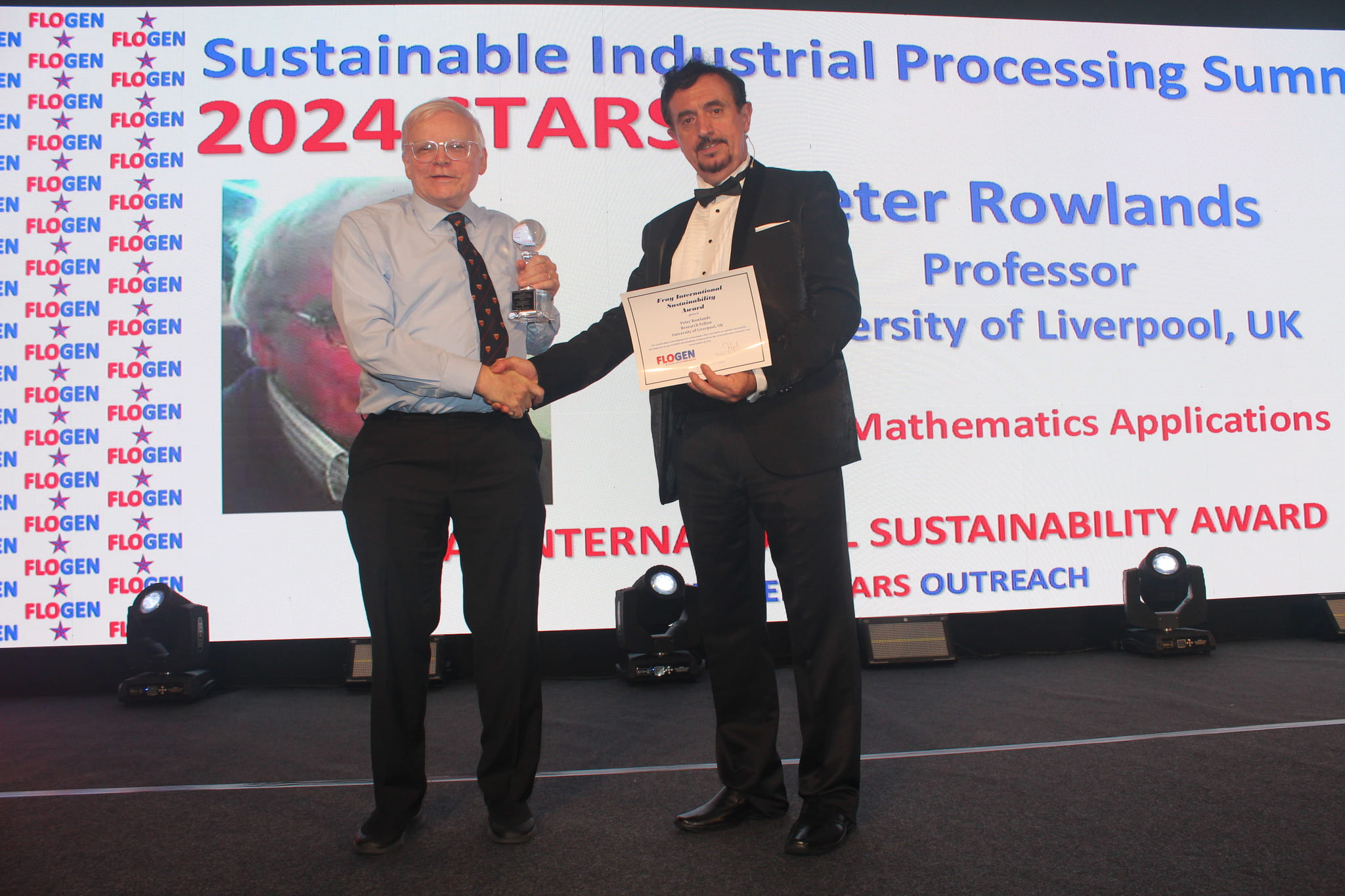
Dr. Peter Rowlands receiving the Fray International Sustainability Award from Dr. Florian Kongoli at FLOGEN SIPS 2024
Lifetime photos can be viewed here:
Peter_Rowlands_PPT.pptx
Click here to see the detailed scope and topics.To download Flyer, click on the icon:

 Click here to see the General Author Invitation: https://www.flogen.org/sips2024/invitations/Mathematics_General_Author_Invitation.htmlClick here to see the Social Media Text: https://www.flogen.org/sips2024/socialmediatext/Mathematics_Social_Media_Text.htmlClick here to see other resources for this symposium: https://www.flogen.org/sips2024/symresources.php?sym=38Click here to view the list of abstracts for this symposium: https://www.flogen.org/sips2024/technical_program.php?a=a5771bce93e200c36f7cd9dfd0e5deaa
Click here to see the General Author Invitation: https://www.flogen.org/sips2024/invitations/Mathematics_General_Author_Invitation.htmlClick here to see the Social Media Text: https://www.flogen.org/sips2024/socialmediatext/Mathematics_Social_Media_Text.htmlClick here to see other resources for this symposium: https://www.flogen.org/sips2024/symresources.php?sym=38Click here to view the list of abstracts for this symposium: https://www.flogen.org/sips2024/technical_program.php?a=a5771bce93e200c36f7cd9dfd0e5deaaCHAIRS
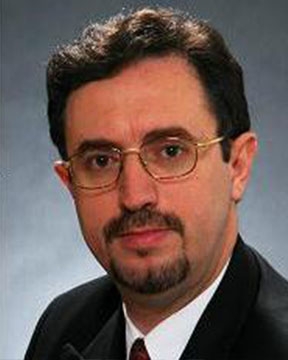
Dr. Florian
KongoliCEO/President
FLOGEN TechnologiesCanada,
[Bio]
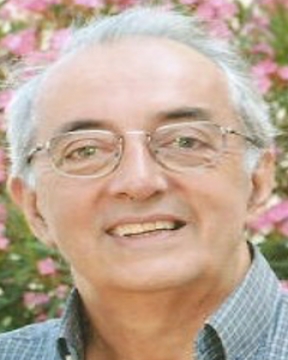
Dr. Anastassios
BountisEmeritus Professor
U. of PatrasGreece,
[Bio]
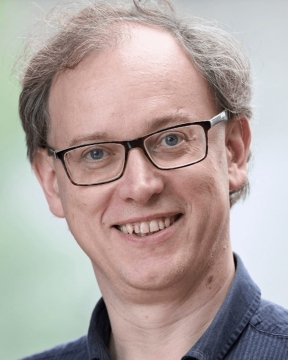
Dr. Mark
JohnsonProfessor
U. of ManchesterUK,
[Bio]
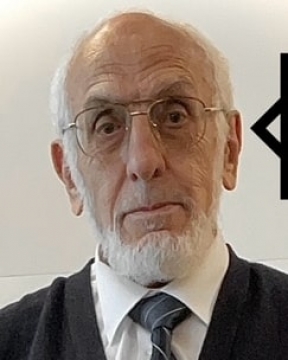
Dr. Sabah
KaramChief Research Officer
Duality Science AcademyUSA,
[Bio]
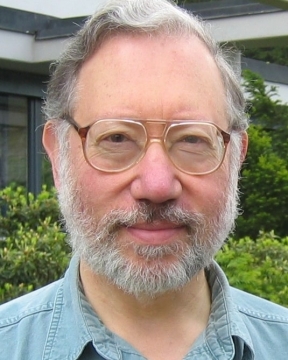
Dr. Louis
KauffmanProfessor Emeritus
U. of Illinois at ChicagoUSA,
[Bio]
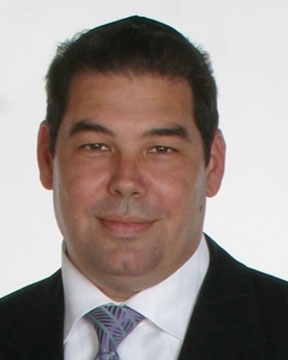
Dr. Pinchas Mandell
Chairman & Professor
Family of Israel Foundation
Israel
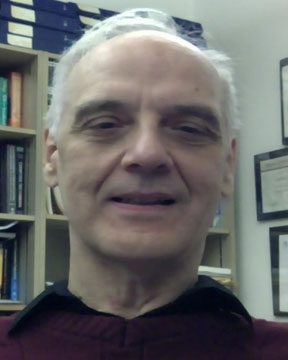
Mr. Mike
MikalajunasCIMECanada,
[Bio]
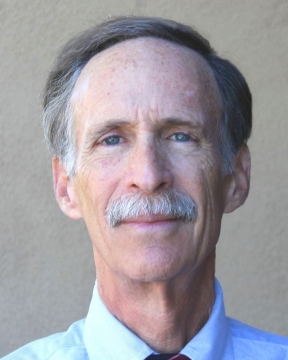
Dr. William
MillerProfessor
Bioverse FoundationUSA,
[Bio]
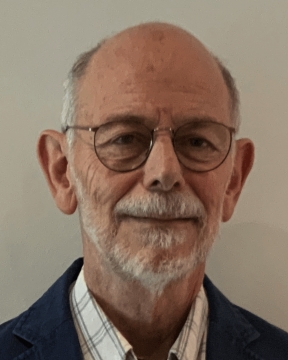
Dr. Garnet Ord
Professor
Toronto Metropolitan U.
Canada
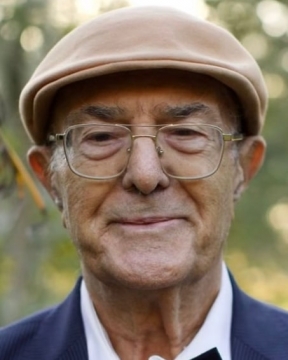
Sir Dr. Ruggero Maria
SantilliChief Scientist
Hadronic Technologies CorporationUSA,
[Bio]
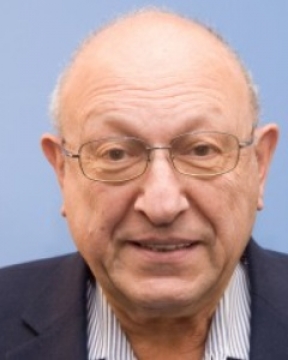
Dr. Ephraim
SuhirProfessor
Bell Laboratories, Murray Hill, NJUSA,
[Bio]
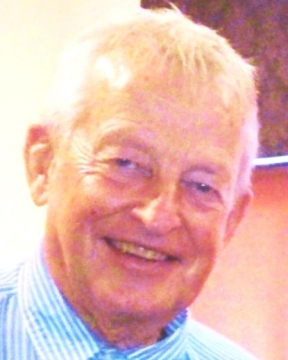
Dr. Erik
TrellProfessor
Linkoping U.Sweden,
[Bio]
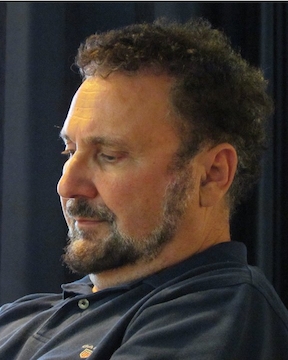
Dr. Thomas
VougiouklisEmeritus Professor
Democritus U. of ThraceGreece,
[Bio]
















